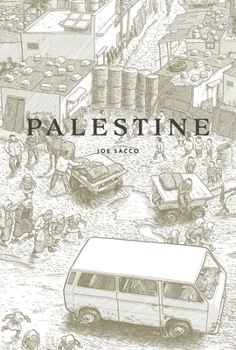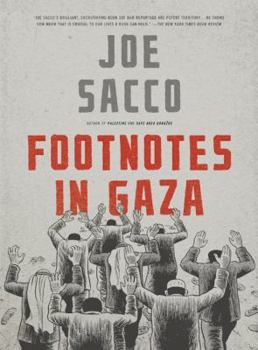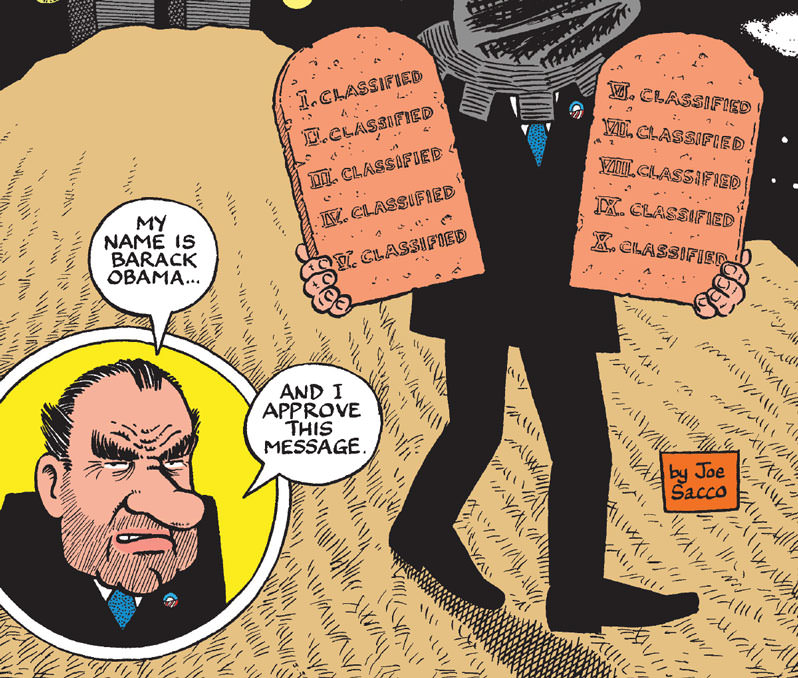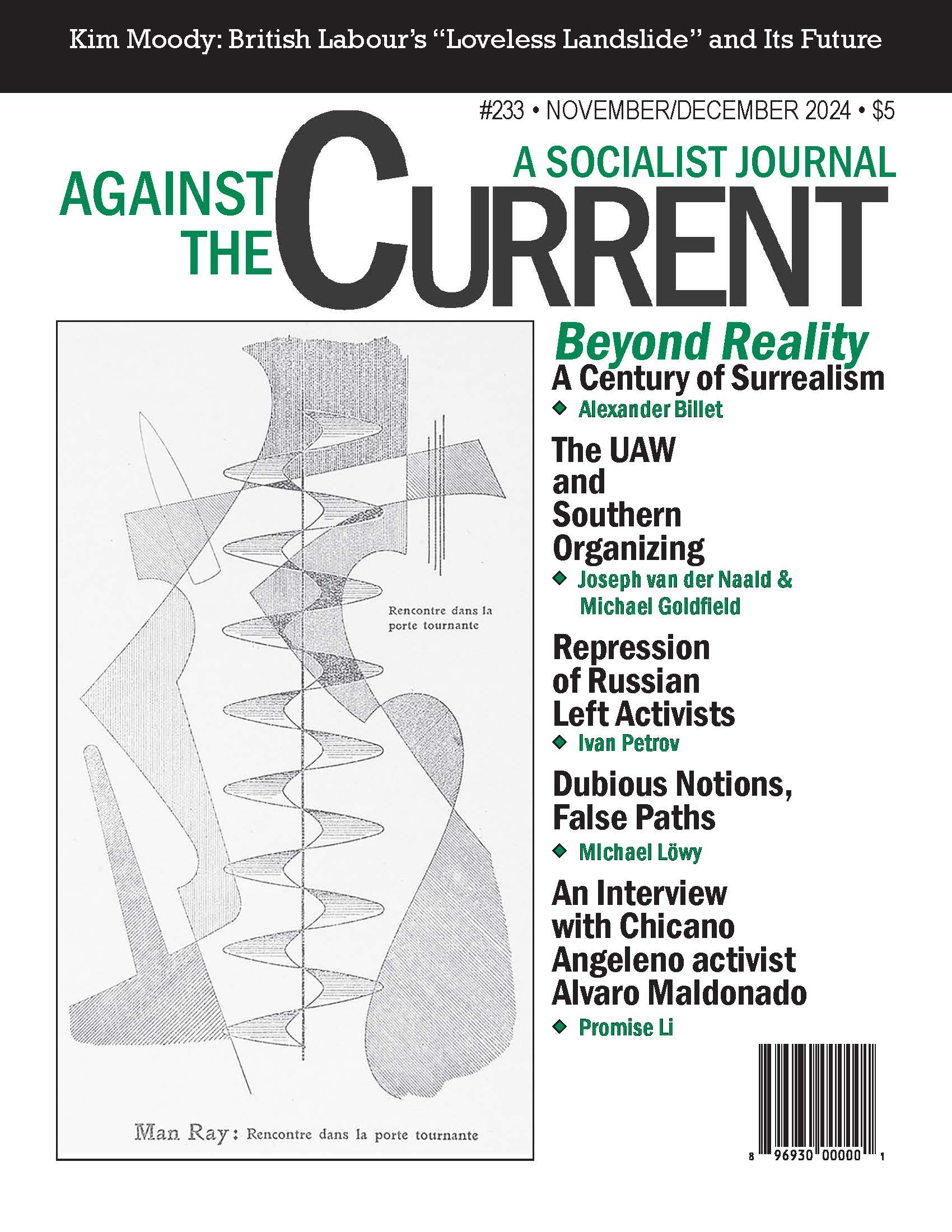Against the Current No. 233, November/December 2024
-
Election and Widening War
— The Editors -
Beyond Reality: On a Century of Surrealism
— Alexander Billet -
Harris, Trump, or Neither? Arab & Muslim Voters’ Anger Grows
— Malik Miah -
Discussing the Climate Crisis: Dubious Notions & False Paths
— Michael Löwy -
Repression of Russian Left Activists
— Ivan Petrov -
Political Zombies: Devouring the Chinese People
— Lok Mui Lok -
Nicaragua Today: "Purgers, Corruption, & Servility to Putin"
— Dora María Téllez -
Labour's "Loveless Landslide": The 2024 British Elections
— Kim Moody -
Chicano, Angeleno and Trotskyist -- A Lifetime of Militancy
— Alvaro Maldonado interviewed by Promise Li -
Joe Sacco: Comics for Palestine
— Hank Kennedy - Essay on Labor Organizing
-
The UAW and Southern Organizing: An Historical Perspective
— Joseph van der Naald & Michael Goldfield - Reviews
-
On the Boundary of Genocide: A Film and Its Controversies
— Frann Michel -
Queering China in a Chinese World
— Peter Drucker -
Abolition, Ethnic Cleansing, or Both? Antinomies of the U.S. Founders
— Joel Wendland-Liu -
Emancipation from Racism
— Giselle Gerolami -
The Labor of Health Care
— Ted McTaggart -
In Pristine or Troubled Waters?
— Steve Wattenmaker - In Memoriam
-
Ellen Spence Poteet, 1960-2024
— Alan Wald
Hank Kennedy

AFTER ISRAEL’s RECENT assault on Gaza began, Joe Sacco (a “moral draughtsman” in the words of Christopher Hitchens) was compelled to speak out against Israel’s war. At the Comics Journal, Sacco contributed The War on Gaza from January to July. Sacco’s bravery should serve as an example for other cartoonists to follow. Introducing the series, Comics Journal
Joe Sacco is a Maltese-American comics journalist who grew up in Australia. His book Safe Area Goražde, about the war in Bosnia, won the prestigious Eagle and Eisner Awards for Best Original Graphic Novel. Sacco’s work shows an instinctive sympathy for the underdog, whether refugees, war victims, or those left behind by rapacious capitalism. The subject of Palestine is one he has often returned to.
Giving Voice to Palestine
Joe Sacco’s first two books on Palestine and its people, Palestine and Footnotes in Gaza are pieces of comics journalism based on interviews he conducted in occupied Palestine. He came to the Middle East in 1991 during the first Gulf War, originally with the intent of doing a travelog. He found that his journalist’s training asserted itself and he began interviewing people to get their stories. In an interview with Al Jazeera he said “I felt the American media had really misportrayed the situation…I wanted to go, and, in a small way, give the Palestinians a voice – a lens through which people could see their lives.”
This has been a valuable service given that prominent figures like Golda Meir claimed that Palestinians “did not exist.” Recall that presidential candidate Newt Gingrich talked about “an invented Palestinian people.”

Palestine is the more accessible of the two. Chapters are focused around broad themes like the status of women, torture, doctors, and schools as Sacco travels to Hebron, Ramallah, Rafah, etc. Sacco’s first visit coincided with the winding down of the First Intifada and the Oslo Agreement brokered by President Clinton between Israel and the PLO. His work shows how the hope of Oslo was a false one; that the agreement would not solve the fundamental problems of Palestinians. Since that time he has been proven all too correct by the continuation of illegal settlements, the siege on Gaza, and the construction of the apartheid wall — to say nothing of the current war.
Footnotes in Gaza, meanwhile, is a book with a mission, inspired by a short passage in Noam Chomsky’s Fateful Triangle: The United States, Israel, and the Palestinians. Sacco conducts interviews in Gaza to find out the truth behind two massacres of Palestinians that occurred during Israel’s 1956 war with Egypt, one in Khan Younis and the other in Rafah. All told, nearly four hundred people were killed by the Israeli Defense Force (IDF).

Sacco trekked out to rescue the incidents from obscurity during the Second Intifada, with the Iraq War and the killing of Rachel Corrie looming in the background. He adapts his style to this work. The illustrations in Palestine are cartoony but the ones in Footnotes in Gaza are more realistic.
The War on Gaza is not a journalistic project like those two books. Instead it is an attack fueled by righteous anger. That’s not to say that Sacco has no sense of humor. In one installment Sacco pays his income tax hoping that a portion of it will go to social welfare programs in the United States. Of course, the IRS, the President, the Pentagon and the IDF conspire to see that all of Sacco’s money is used to pay for a bomb headed straight for Gaza. The tone is most reminiscent of the cartoonist’s sadly under-read satire Bumf! Yet Sacco’s comedy is pitch black. He accuses the United States of having “invented Kinder, Gentler, Genocide. The patent is pending.” As the saying goes, Sacco’s hate is pure.

As you might expect, Sacco’s comics have not won him acclaim from Zionists. Upon Palestine’s release, Bluma Zuckerbrot of the Anti-Defamation League (the pro-Israel advocacy group masquerading as a civil rights organization) tut-tutted in the Jerusalem Report “This is old school, pre-peace process anti-Israel propaganda.” She continued “The author provides no context for his pictures, and the image that emerges is that Israel is solely to blame in the conflict.” In 2010 the right-wing Jerusalem Post termed him “a veteran Israel hater” while announcing and denouncing the release of Footsteps in Gaza.
Palestinians, though, have a different view. Legendary Palestinian scholar Edward Said wrote an “Homage to Joe Sacco” as an introduction to the 2001 edition of Palestine. Said gave Sacco high praise, writing “With the exception of one or two novelists and poets, no one has ever rendered this terrible state of affairs better than Joe Sacco.” He concludes “Sacco’s art has the power to detain us, to keep us from impatiently wandering off in order to follow a catch-phrase or a lamentably predictable narrative of triumph and fulfillment.”
Said notes perceptively that Sacco shows readers what’s happening, but doesn’t attempt to provide answers or solutions. That has continued in the War on Gaza. He had told his Palestinian friends that the best way for their movement to succeed would be for Gazans to nonviolently march at the border fence. A friend tells him “Joe, they will shoot us.” Anyone who remembers the Great March of Return from 2018 knows that’s exactly what happened. “After that I had no suggestions for what the Palestinians should do,” Sacco finishes.
Raising Awareness
Joe Sacco has used his stature to raise awareness of other Palestinian cartoonists. He contributed a text introduction to A Child in Palestine: The Cartoons of Naji al-Ali. In his introduction Sacco relates that he was concerned that the Palestinians he interviewed would not understand his project of comics journalism. He was concerned that Palestinians would think he was making light of their suffering if they knew he was relating their stories through a comic. He was reassured that Palestinians knew all about cartoons, as Naji al-Ali had championed their cause in illustrations prior to his still-unsolved 1987 assassination.
His blurb for Palestinian artist Mohammad Sabaaneh’s Power Born of Dreams: My Story is Palestine calls the latter cartoonist “a master.” Sabaaneh has been harassed repeatedly by Israel for his drawings. In 2013 he was held for months by the Israeli military, who charged him with collaborating with Hamas. In 2018 he was detained again by the IDF when he attempted to return to Ramallah from Europe. Despite this, Sabaaneh has continued drawing and his cartoons are well worth seeking out.
Last December, Fantagraphics stock of Palestine sold out, after a burst of sales inspired by the recent war. The publisher quickly rushed the book back into print and announced a new edition out this September. Whatever the edition, Sacco’s comics on Palestine have earned a spot in the hearts and on the bookshelves of anyone sympathetic to the cause of the Palestinians. His work is that of an artistic champion of the Palestinian people.

